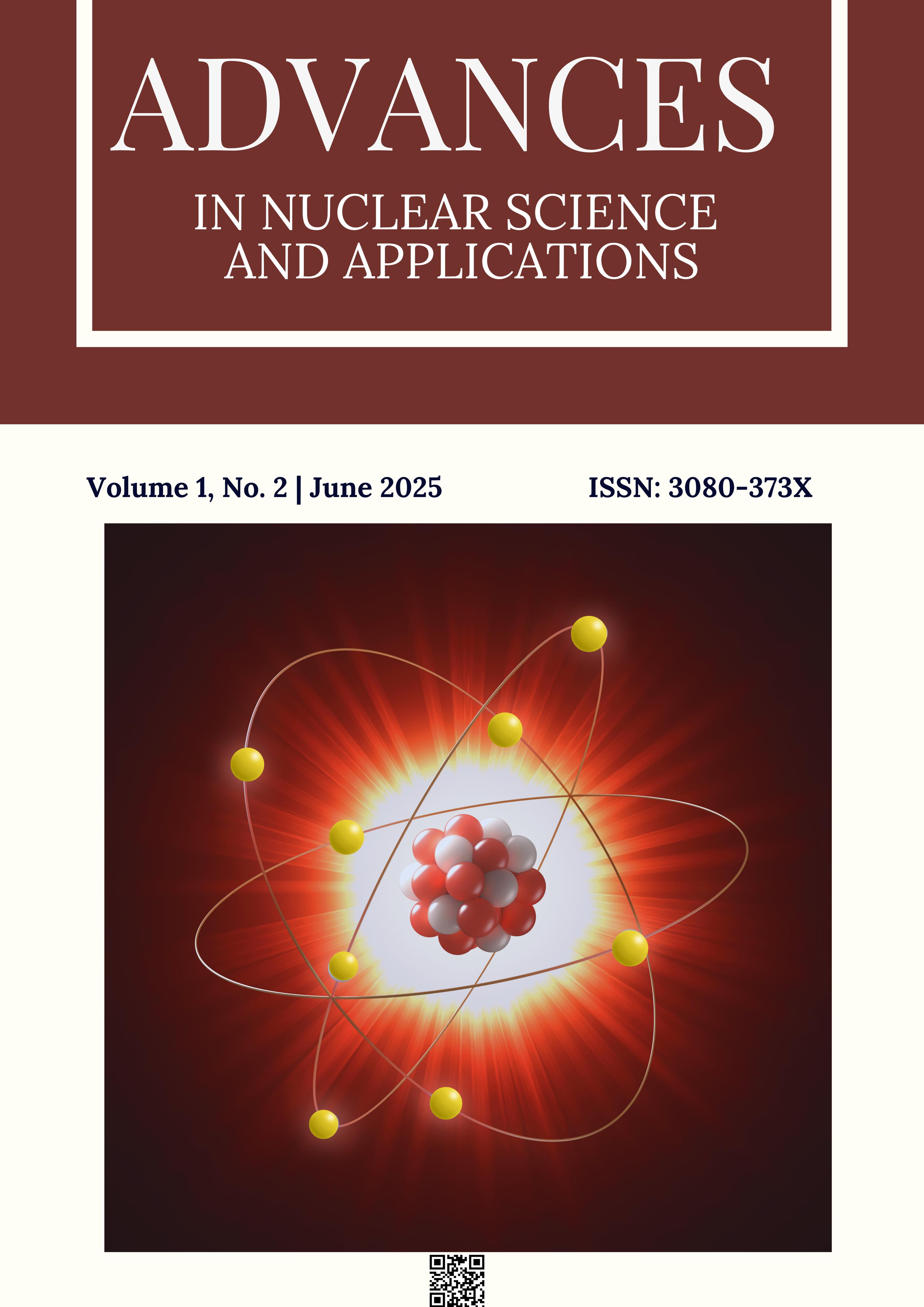Thermal behavior of TiCN carbonitride doped with Zr, Nb and Si
DOI:
https://doi.org/10.63907/ansa.v1i2.33Keywords:
Carbonitride structures, nanomaterials, oxidation kinetics, activation energy, DSCAbstract
In this study, the oxidation kinetics, diffusion rates, and oxide layer thicknesses of TiZrCN, TiSiCN, and TiNbCN compounds synthesized on a high-purity biphasic $\mathrm{Ti_6Al_4V}$ alloy substrate were investigated over the temperature range from room temperature to 1250 K. The temperature-dependent growth of oxide layers on the active surface and the corresponding activation energies were determined based on Arrhenius plots. Differential scanning calorimetry (DSC) analysis was employed to examine the mechanisms governing changes in thermodynamic functions and heat capacity across the investigated temperature range.
Keywords: Carbonitride structures, nanomaterials, oxidation kinetics, activation energy, DSC.
Downloads
Published
Issue
Section
License
Copyright (c) 2025 Advances in Nuclear Science and Applications

This work is licensed under a Creative Commons Attribution 4.0 International License.






